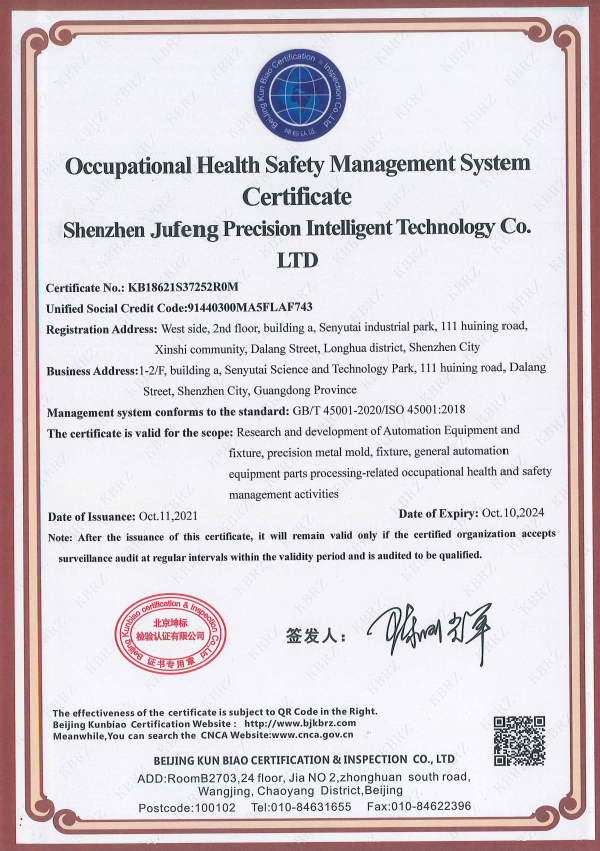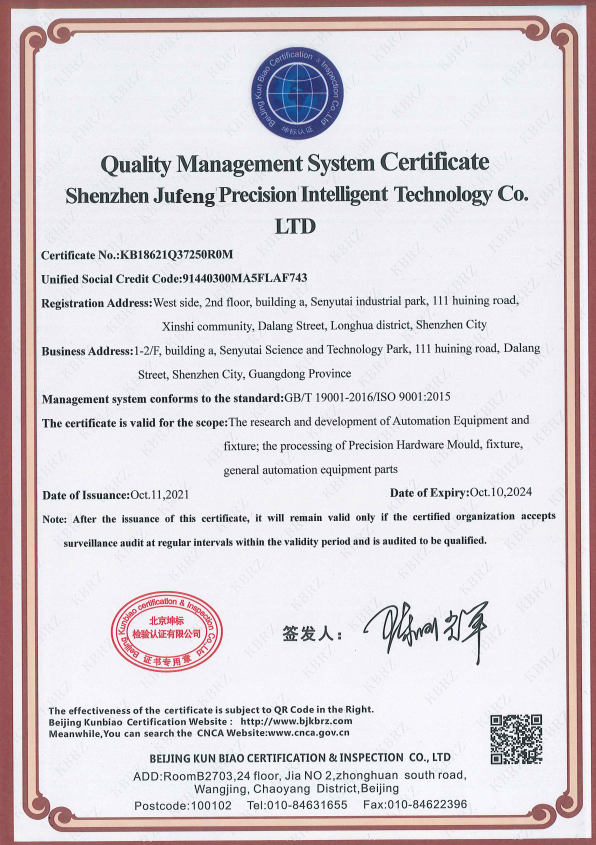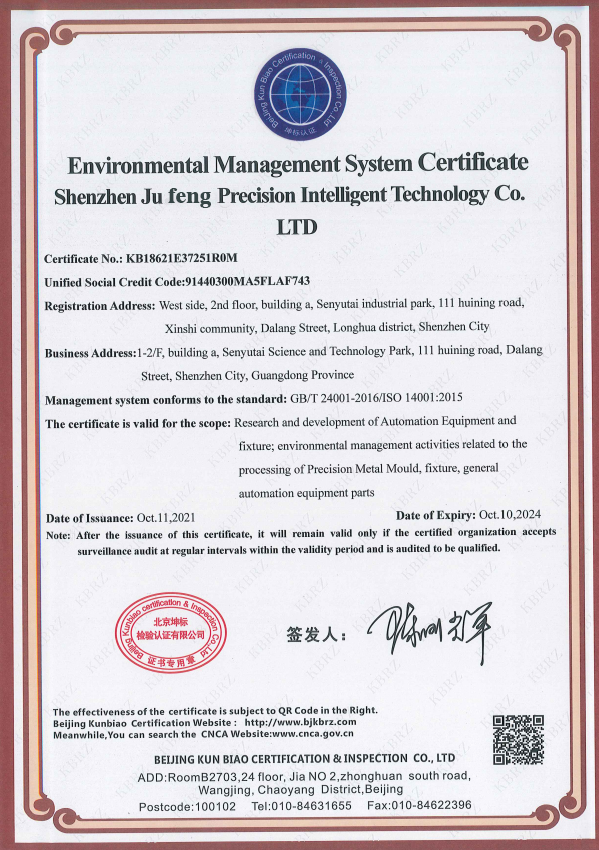News
Enhancing Quality Control with Automatic Detection Fixtures for Product Protrusion
In the manufacturing sector, maintaining consistent product quality is crucial to meet customer expectations and industry standards. Automatic detection fixtures for product protrusion are essential tools that enable manufacturers to monitor the dimensional accuracy of components in real-time. These fixtures are designed to detect any deviations in the expected profile of a product, particularly protrusions that may compromise functionality or aesthetics.
The primary function of an automatic detection fixture is to automate the inspection process. By incorporating sensors and imaging technologies, these fixtures can quickly identify protrusions that exceed predetermined tolerances. This not only minimizes human error but also speeds up the inspection process, allowing for higher throughput in production lines. Furthermore, the data collected during inspections can be analyzed to identify trends and potential issues in production, facilitating continuous improvement initiatives.
One of the key advantages of using automatic detection fixtures is their adaptability. Manufacturers can customize these fixtures to accommodate different product sizes and shapes, making them versatile for various applications. This flexibility is especially beneficial in industries that require frequent changes in product design or specifications. By utilizing these fixtures, companies can reduce downtime and increase operational efficiency.
Moreover, integrating automatic detection fixtures into the production process enhances compliance with industry regulations. Many sectors, including automotive and aerospace, require stringent quality control measures. By implementing these advanced fixtures, manufacturers can ensure that products meet safety and performance standards, mitigating the risks associated with non-compliance.
In addition to quality control, automatic detection fixtures contribute to cost savings. By identifying defects early in the production process, companies can reduce waste and avoid the costs associated with rework or product recalls. This proactive approach not only enhances profitability but also improves customer satisfaction by delivering reliable and high-quality products.
In conclusion, automatic detection fixtures for product protrusion are indispensable in modern manufacturing. They streamline the inspection process, ensure compliance with industry regulations, and facilitate continuous improvement. By investing in these advanced tools, manufacturers can enhance product quality, increase efficiency, and ultimately drive business success. As industries continue to evolve, embracing such innovative solutions will be key to staying competitive in the market.
The primary function of an automatic detection fixture is to automate the inspection process. By incorporating sensors and imaging technologies, these fixtures can quickly identify protrusions that exceed predetermined tolerances. This not only minimizes human error but also speeds up the inspection process, allowing for higher throughput in production lines. Furthermore, the data collected during inspections can be analyzed to identify trends and potential issues in production, facilitating continuous improvement initiatives.
One of the key advantages of using automatic detection fixtures is their adaptability. Manufacturers can customize these fixtures to accommodate different product sizes and shapes, making them versatile for various applications. This flexibility is especially beneficial in industries that require frequent changes in product design or specifications. By utilizing these fixtures, companies can reduce downtime and increase operational efficiency.
Moreover, integrating automatic detection fixtures into the production process enhances compliance with industry regulations. Many sectors, including automotive and aerospace, require stringent quality control measures. By implementing these advanced fixtures, manufacturers can ensure that products meet safety and performance standards, mitigating the risks associated with non-compliance.
In addition to quality control, automatic detection fixtures contribute to cost savings. By identifying defects early in the production process, companies can reduce waste and avoid the costs associated with rework or product recalls. This proactive approach not only enhances profitability but also improves customer satisfaction by delivering reliable and high-quality products.
In conclusion, automatic detection fixtures for product protrusion are indispensable in modern manufacturing. They streamline the inspection process, ensure compliance with industry regulations, and facilitate continuous improvement. By investing in these advanced tools, manufacturers can enhance product quality, increase efficiency, and ultimately drive business success. As industries continue to evolve, embracing such innovative solutions will be key to staying competitive in the market.




